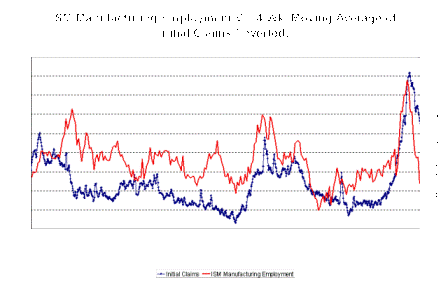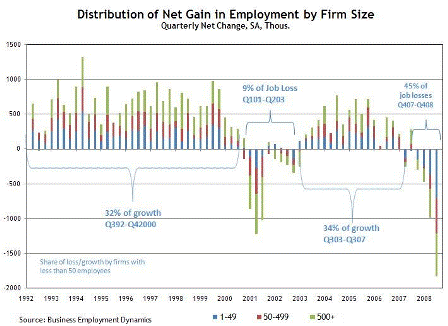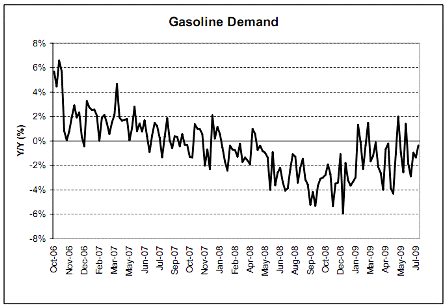I agree, and the deficit of consequence isn’t that high as I think that figure includes the TARP funds
which were a form of regulatory forbearance and not spending.
Unfortunately, elsewhere he falls short in explaining why deficit spending doesn’t have the downside risks the mainstream attributes to it.
Send him a copy of the 7 deadly innocent frauds draft for comment? (attached)
Richard Koo: a personal view of the macroeconomy
US a mirror image of Japan 15 years ago
In the last two weeks, I made my annual fact-finding mission to
Washington and also spent time in Boston and San Francisco. What I
witnessed was very reminiscent of the situation in Japan 15 years ago:
people were latching on to isolated fragments of good economic news as
evidence of recovery while ignoring the steady deterioration in the real
economy.
In addition to meetings with officials from the Federal Reserve and the
White House, I had the opportunity to talk with various groups at the
Hill including two Congresspersons over lunch.
Although there have been signs of improvement in the real economy,
particularly in production, the problems in the jobs picture are
underscored by the unemployment rate’s rise into double digits.
And on a personal level, the San Francisco bank that my parents
patronized for many years was shut down by the FDIC last Friday. To
prevent panic, the bank opened for business as usual on Saturday under
the name of another lender. This event added a personal dimension to the
crisis for me.
Budget deficit concerns make new fiscal stimulus all but impossible
One issue of particular concern on this trip was that people seem to be
paying little attention to the economic impact of the Obama
administration’s fiscal stimulus and instead are focusing entirely on
the size of the resulting budget deficit.
With the government running a deficit equal to 10% of nominal GDP, more
people are looking at the continued weakness in the economy:
particularly in employment: and drawing the conclusion that the
administration’s policies are ineffective and should be discontinued as
soon as possible. This view is so strong that additional fiscal stimulus
is seen as being almost impossible to implement today.
This pattern mirrors events in Japan 15 years ago. The more the
government draws on fiscal stimulus to avert a crisis, the more
criticism it receives.
People are giving no thought to the economic consequences if the
government had not responded to the $10trn loss in national wealth (in
the form of housing and stock portfolios) with fiscal stimulus. Instead,
they focus entirely on the fact that the economy has yet to improve
despite $787bn in expenditures.
In Japan, fiscal spending succeeded in keeping GDP above bubble-peak
levels despite the loss of Y1,500trn in national wealth, or three years
of GDP, from real estate and stocks alone. But because disaster was
averted, people forgot they were in the midst of a crisis and rushed to
criticize the size of the resulting fiscal deficits.
Their criticism prevented the Japanese government from providing a
steady stream of stimulus. Instead, it was forced to adopt a stop-and-go
policy of intermittent stimulus: each time a spending package expired,
the economy would weaken, forcing the government to quickly implement
the next round of stimulus. That is the main reason why the recession
lasted 15 years. And the mood in Washington today is very similar.
R. Koo
[top]




